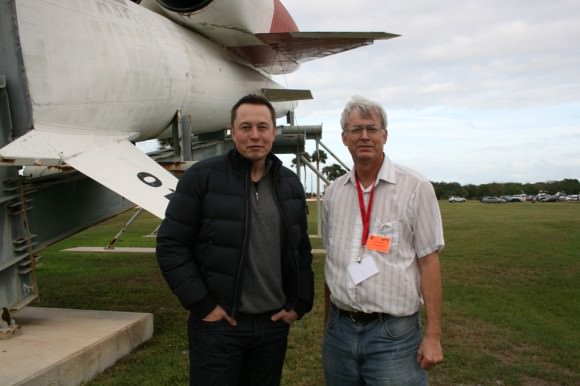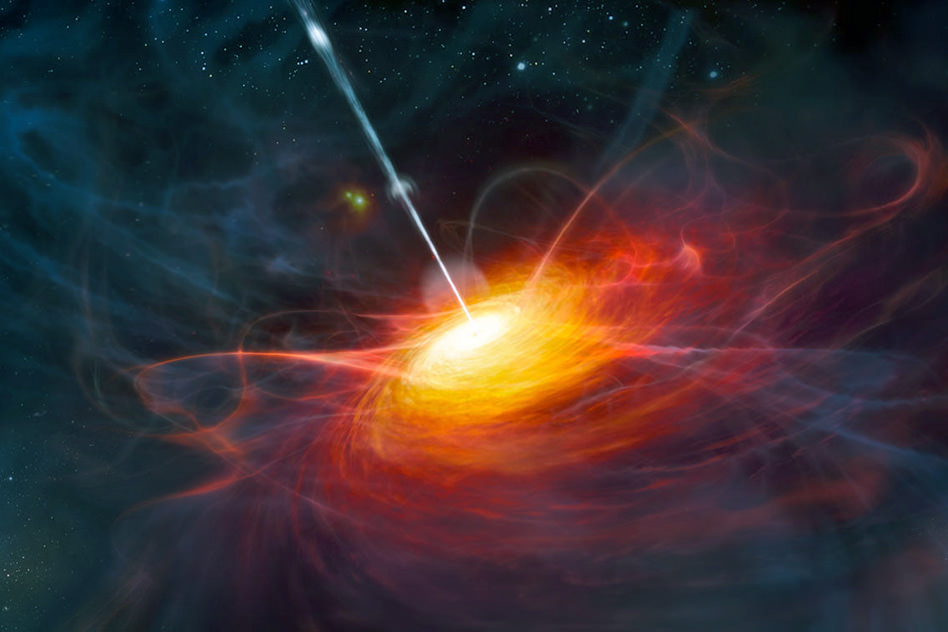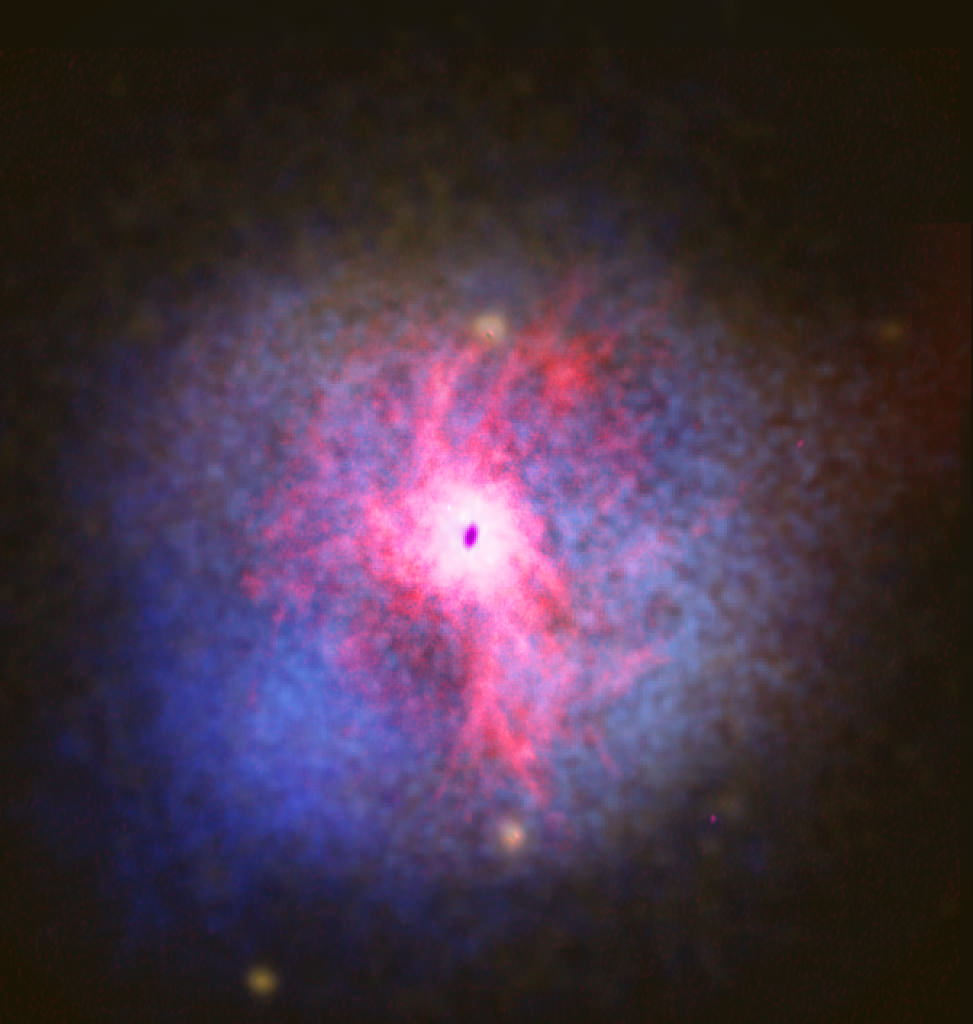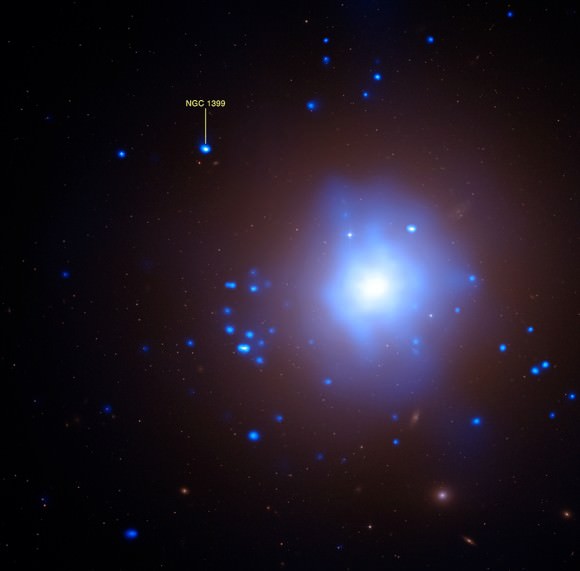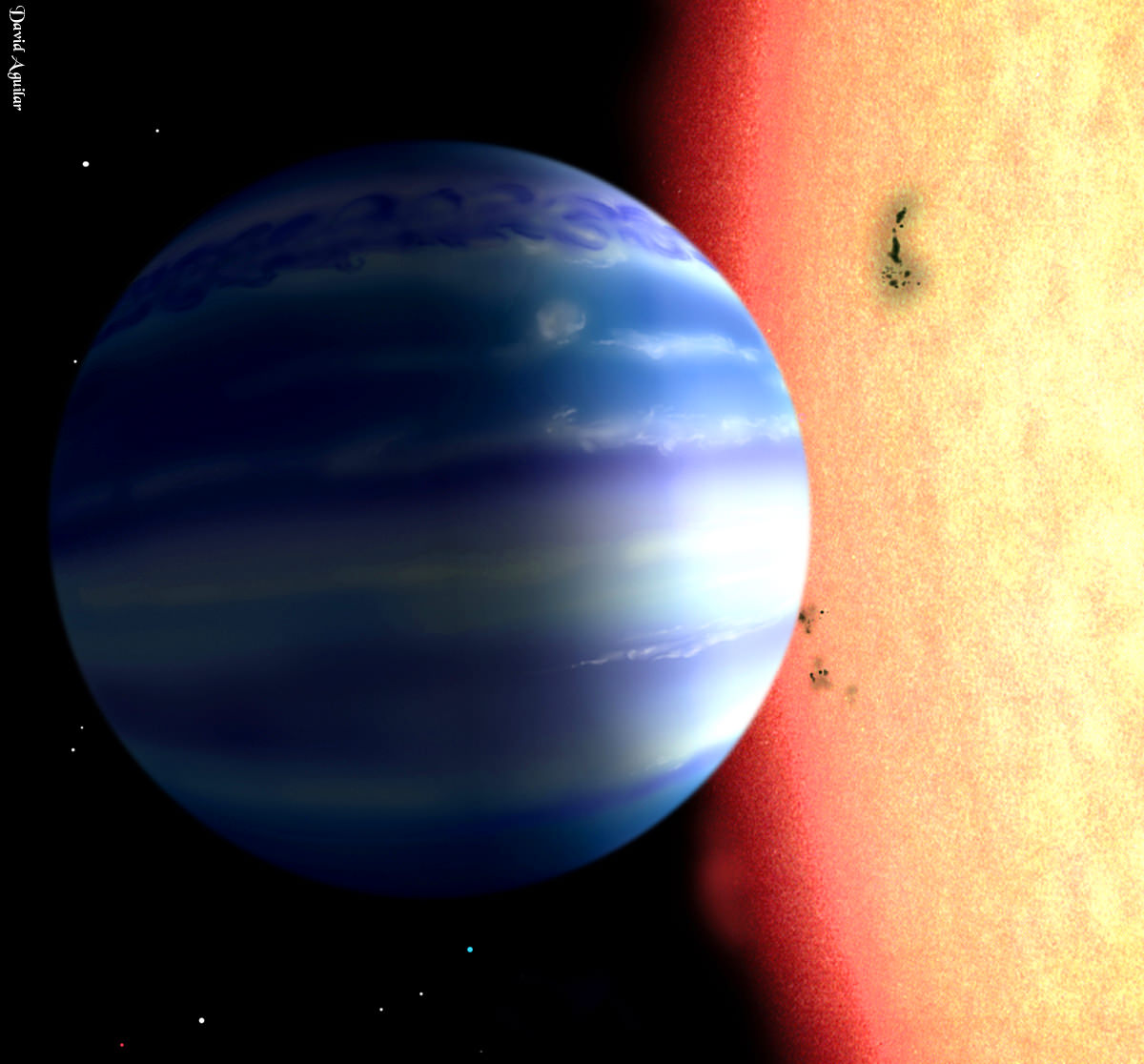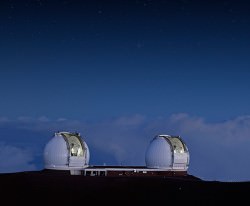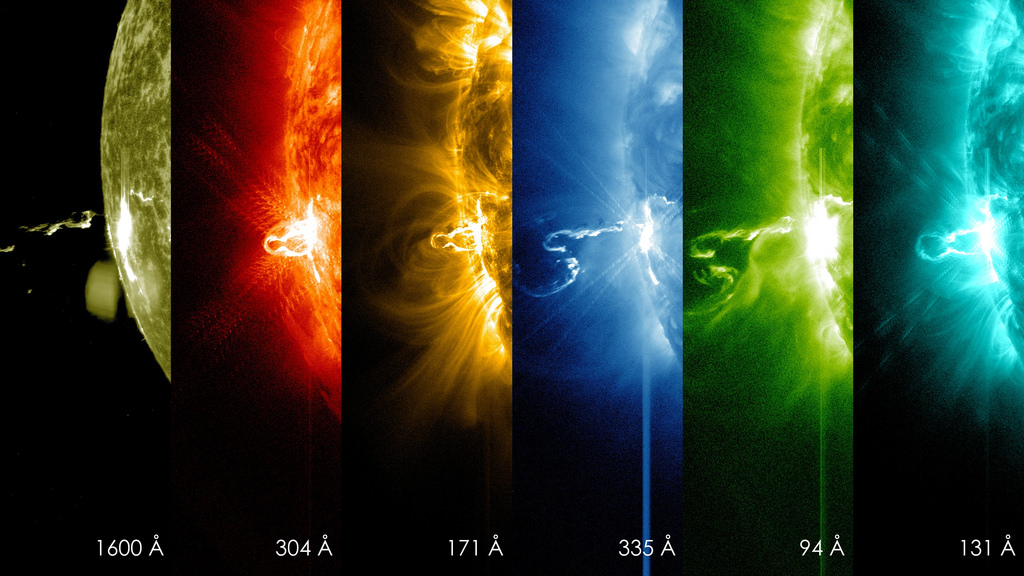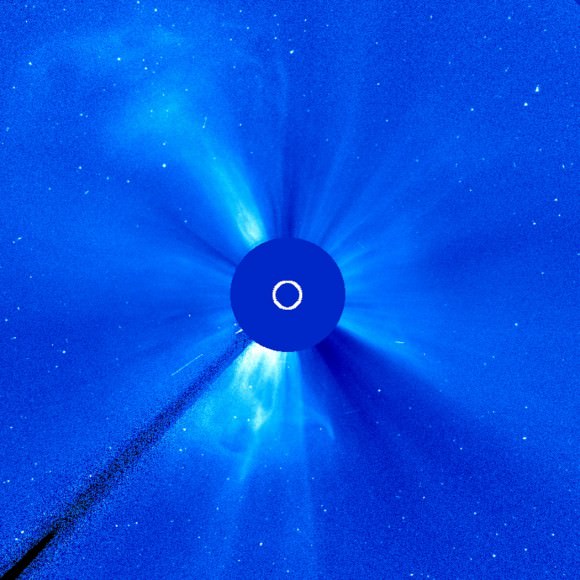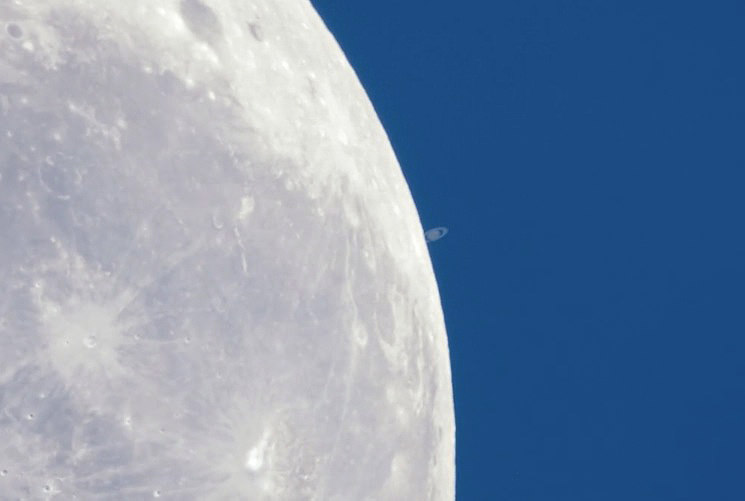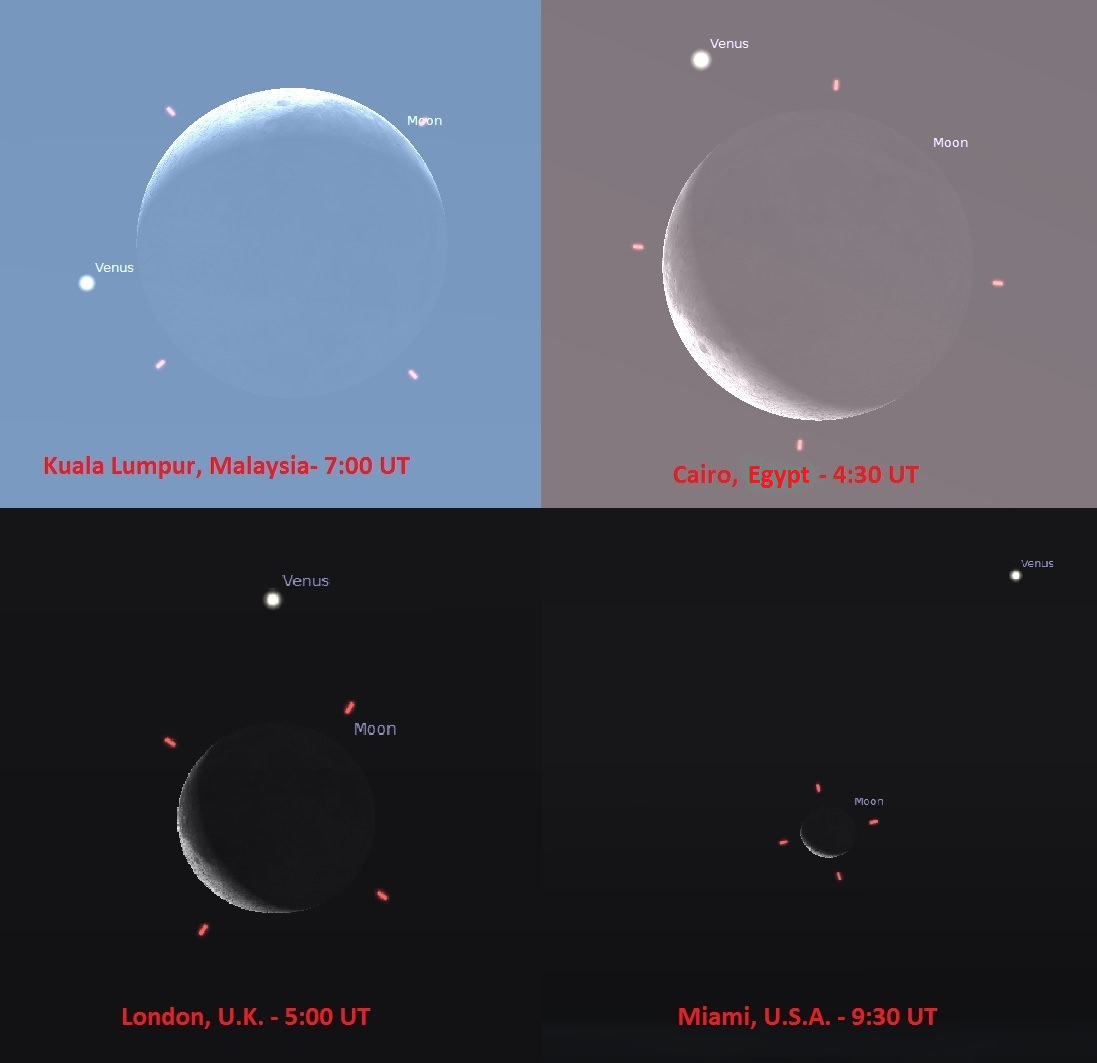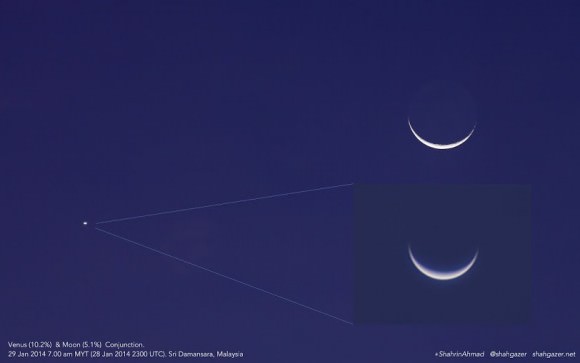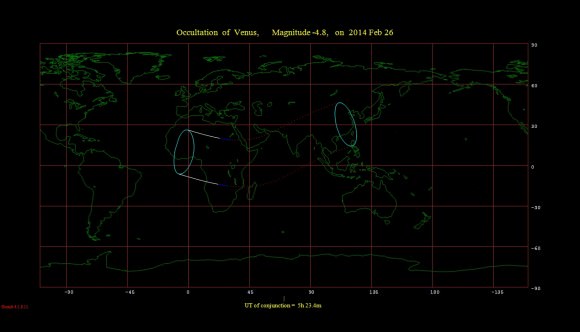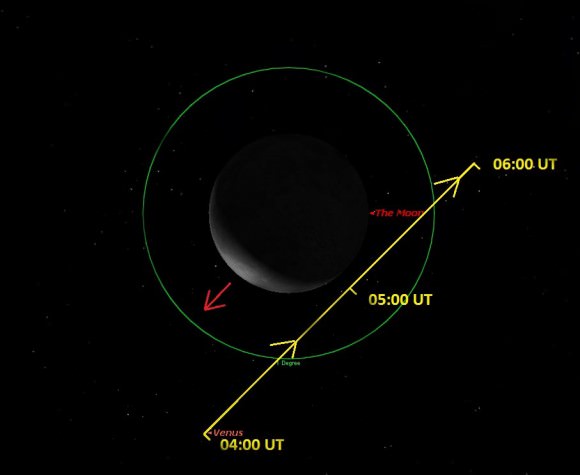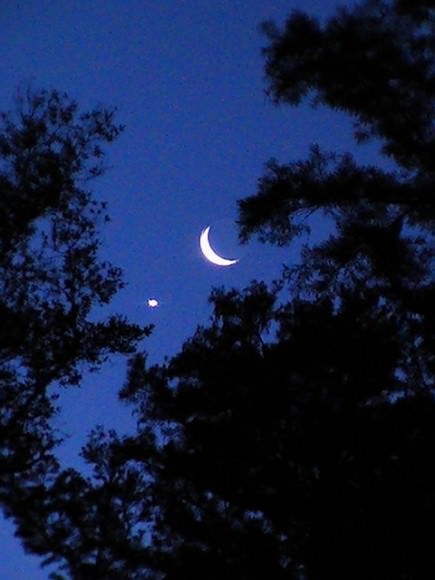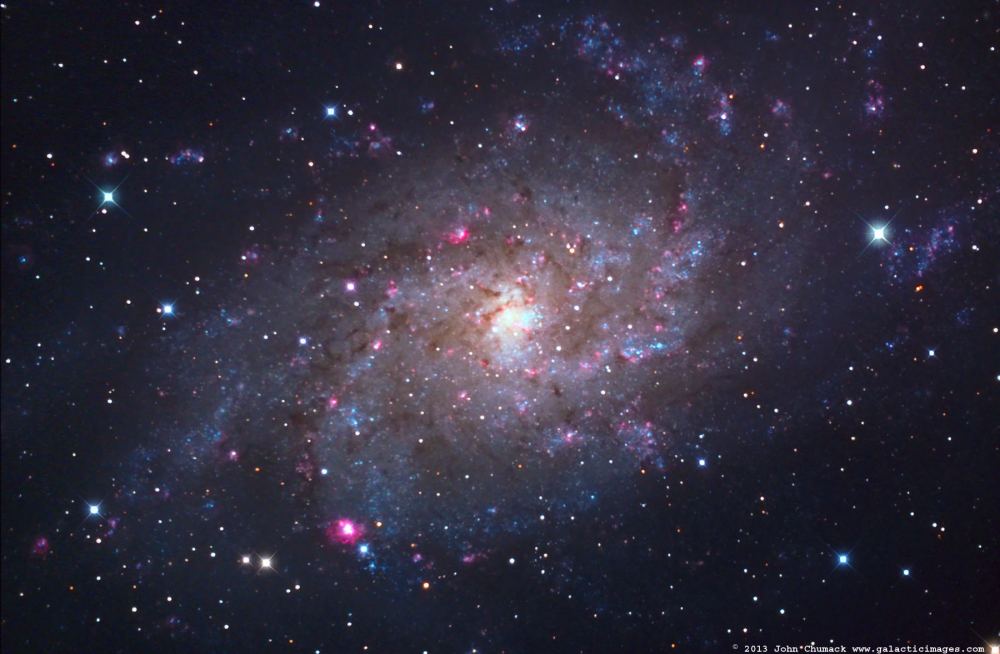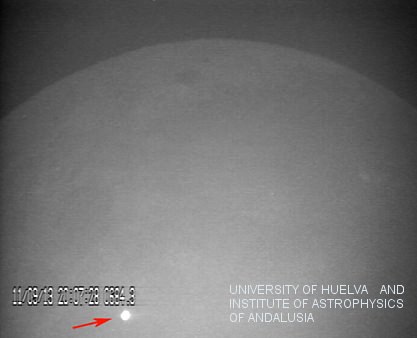1st stage of SpaceX Falcon 9 rocket newly equipped with landing legs and now scheduled for launch to the International Space Station on March 16, 2014 from Cape Canaveral, FL. Credit: SpaceX/Elon Musk
Story updated[/caption]
The next commercial SpaceX Falcon 9 rocket that’s set to launch in March carrying an unmanned Dragon cargo vessel will also be equipped with a quartet of landing legs in a key test that will one day lead to cheaper, reusable boosters, announced Elon Musk, the company’s founder and CEO.
The attachment of landing legs to the first stage of SpaceX’s new and more powerful, next-generation Falcon 9 rocket counts as a major step towards the firm’s eventual goal of building a fully reusable rocket.
Before attempting the use of landing legs “SpaceX needed to gain more confidence” in the new Falcon 9 rocket, Musk told me in an earlier interview.
Blastoff of the upgraded Falcon 9 on the Dragon CRS-3 flight is currently slated for March 16 from Cape Canaveral Air Force Station, Florida on a resupply mission to bring vital supplies to the International Space Station (ISS) in low Earth orbit for NASA.
“Mounting landing legs (~60 ft span) to Falcon 9 for next month’s Space Station servicing flight,” Musk tweeted, along with the up close photos above and below.
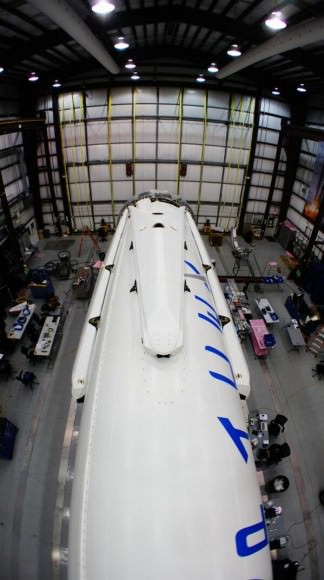
“SpaceX believes a fully and rapidly reusable rocket is the pivotal breakthrough needed to substantially reduce the cost of space access,” according to the firm’s website.
SpaceX hopes to vastly reduce their already low $54 million launch cost when a reusable version of the Falcon 9 becomes feasible.
Although this Falcon 9 will be sprouting legs, a controlled soft landing in the Atlantic Ocean guided by SpaceX engineers is still planned for this trip.
“However, F9 will continue to land in the ocean until we prove precision control from hypersonic thru subsonic regimes,” Musk quickly added in a follow-up twitter message.
In a prior interview, I asked Elon Musk when a Falcon 9 flyback would be attempted?
“It will be on one of the upcoming missions to follow [the SES-8 launch],” Musk told me.
“What we need to do is gain more confidence on the three sigma dispersion of the mission performance of the rocket related to parameters such as thrust, specific impulse, steering loss and a whole bunch of other parameters that can impact the mission.”
“If all of those parameters combine in a negative way then you can fall short of the mission performance,” Musk explained to Universe Today.
When the upgraded Falcon 9 performed flawlessly for the SES-8 satellite launch on Dec 3, 2013 and the Thaicom-6 launch on Jan. 6, 2014, the path became clear to attempt the use of landing legs on this upcoming CRS-3 launch this March.
Atmospheric reentry engineering data was gathered during those last two Falcon 9 launches to feed into SpaceX’s future launch planning, Musk said.
That new data collected on the booster stage has now enabled the approval for landing leg utilization in this March 16 flight.
SpaceX engineers will continue to develop and refine the technology needed to accomplish a successful touchdown by the landing legs on solid ground back at the Cape in Florida.
Extensive work and testing remains before a land landing will be attempted by the company.
Ocean recovery teams will retrieve the 1st stage and haul it back to port much like the Space Shuttle’s pair of Solid Rocket Boosters.
This will be the second attempt at a water soft landing with the upgraded Falcon 9 booster.

The two stage Falcon 9 rocket and Dragon cargo carrier are currently in the final stages of processing by SpaceX technicians for the planned March 16 night time liftoff from Space Launch Complex 40 at 4:41 a.m. that will turn night into day along the Florida Space Coast.
“All four landing legs now mounted on Falcon 9,” Musk tweeted today, Feb. 25.
SpaceX has carried out extensive landing leg and free flight tests of ever increasing complexity and duration with the Grasshopper reusable pathfinding prototype.
SpaceX is under contract to NASA to deliver 20,000 kg (44,000) pounds of cargo to the ISS during a dozen Dragon cargo spacecraft flights over the next few years at a cost of about $1.6 Billion.
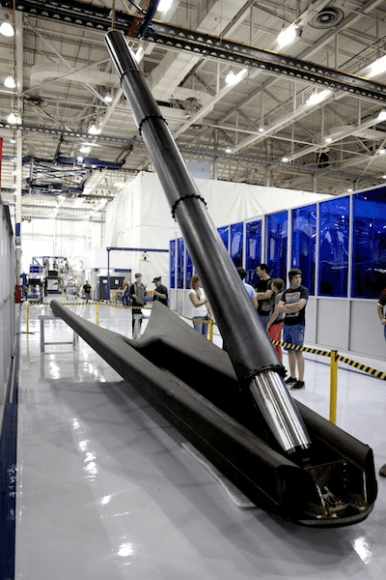
To date SpaceX has completed two cargo resupply missions. The last flight dubbed CRS-2 blasted off a year ago on March 1, 2013.
The Falcon 9 and Dragon were privately developed by SpaceX with seed money from NASA in a public-private partnership.
The goal was to restore the cargo up mass capability the US completely lost following the retirement of NASA’s space shuttle orbiters in 2011.
SpaceX along with Orbital Sciences Corp are both partnered with NASA’s Commercial Resupply Services program.
Orbital Sciences developed the competing Antares rocket and Cygnus cargo spacecraft.
This extra powerful new version of the Falcon 9 dubbed v1.1 is powered by a cluster of nine of SpaceX’s new Merlin 1D engines that are about 50% more powerful compared to the standard Merlin 1C engines. The nine Merlin 1D engines 1.3 million pounds of thrust at sea level rises to 1.5 million pounds as the rocket climbs to orbit.
The Merlin 1 D engines are arrayed in an octaweb layout for improved efficiency.

Therefore the upgraded Falcon 9 can boost a much heavier cargo load to the ISS, low Earth orbit, geostationary orbit and beyond.
The next generation Falcon 9 is a monster. It measures 224 feet tall and is 12 feet in diameter. That compares to a 130 foot tall rocket for the original Falcon 9.
Stay tuned here for Ken’s continuing SpaceX, Orbital Sciences, commercial space, Orion, Chang’e-3, LADEE, Mars rover, MAVEN, MOM and more planetary and human spaceflight news – and upcoming launch coverage at Cape Canaveral & the Kennedy Space Center press site.
